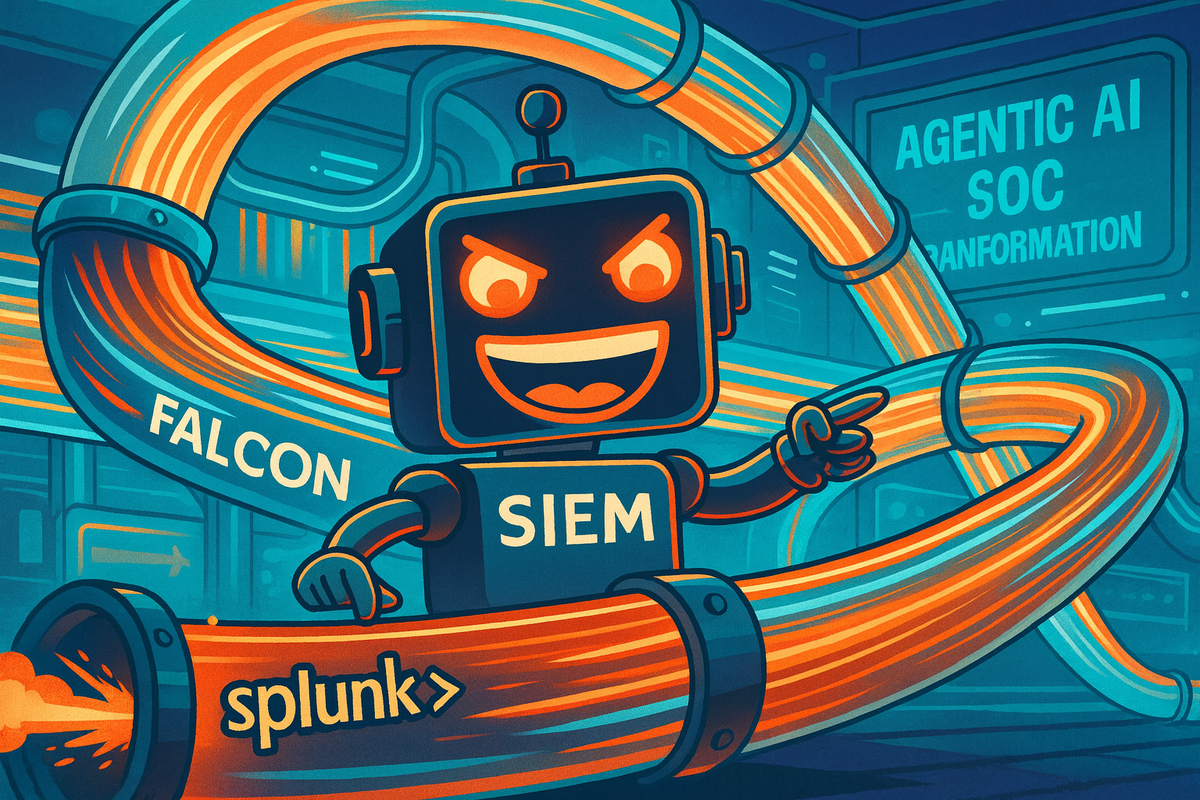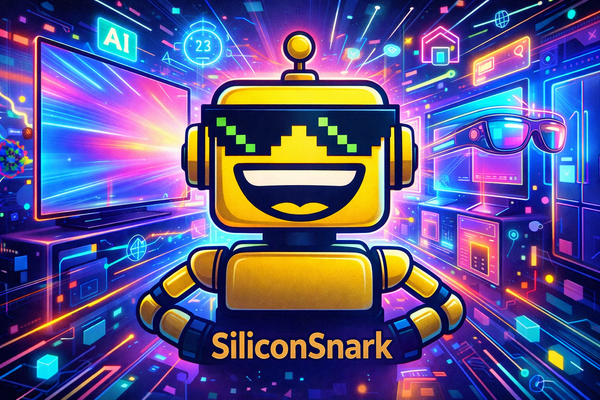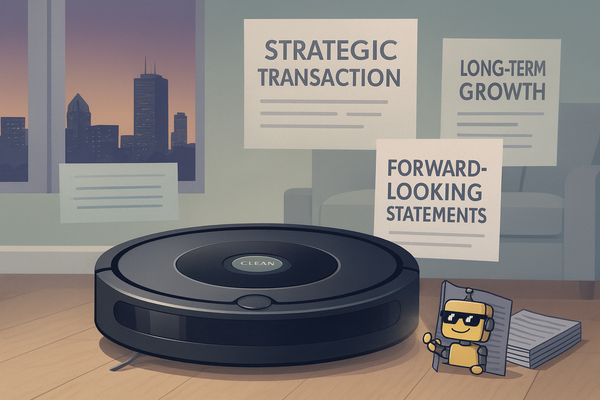CrowdStrike Buys to Give Your Data Pipeline Needed an Ego Boost
CrowdStrike’s acquisition of Onum promises “agentic AI SOC transformation” and real-time pipeline clairvoyance, but underneath the buzzwords it’s really a fancy funnel for logs with a marketing glow-up.

In today’s episode of “We Swear This Buzzword Soup Actually Means Something,” CrowdStrike (NASDAQ: CRWD) announced its intent to acquire Onum, a company that basically turns boring telemetry pipelines into caffeinated, AI-driven clairvoyants. The deal is being pitched as the moment Falcon Next-Gen SIEM becomes “the operating system of cybersecurity,” which is a phrase that should make Microsoft weep into its Teams call lag.
Let’s unpack the corporate drama. Or at least, let’s try.
What CrowdStrike Is Actually Saying
George Kurtz, CrowdStrike’s CEO, compared his Next-Gen SIEM to an engine and data to fuel. Which sounds inspirational until you remember most engines set off “check engine” lights 48 hours after an oil change. Still, according to Kurtz, Onum is going to funnel “high-quality, filtered data” directly into Falcon, so security operations centers (SOCs) can run on AI instead of caffeine, junior analysts, and duct tape.
Translation: CrowdStrike just paid for a magical funnel.
Onum: The Data Pipeline That Thinks It’s Batman
Onum, the acquisition target, has been strutting around with claims of “autonomous intelligence at the data source.” Built on a stateless, in-memory architecture (translation: we lost state, but gained swagger), it promises:
- Speed: Up to five times more events per second. Because nothing says cybersecurity like flexing your EPS.
- Cost savings: Smart filtering cuts data storage costs by 50%. Somewhere, Snowflake sales reps are screaming into their dashboards.
- Superior outcomes: Threat detection begins before the data even arrives. Imagine TSA stopping you at the airport before you pack a suspicious water bottle.
If you squint, it sounds like Onum is less of a pipeline and more of a psychic medium for log files.
Why This Matters (to People Who Pretend to Read White Papers)
The acquisition addresses the data migration bottleneck in SIEM systems. Historically, importing logs into a security platform required third-party tools, consultants, and probably a blood sacrifice. Onum eliminates that mess, giving CrowdStrike the ability to say, “See? We are easier than Splunk.”
For enterprises, this means:
- Faster incident response (CrowdStrike claims up to 70% quicker).
- Less data ingestion overhead (40% less, which means fewer AWS bills you’ll cry over).
- The warm fuzzy feeling of “agentic AI,” whatever that actually is.
Enter the Buzzword Olympics: “Agentic AI SOC Transformation”
The press release repeatedly calls Falcon the “operating system of cybersecurity” and touts “AI SOC transformation” with “agentic speed.” If you’re wondering what that means, don’t. It’s basically corporate Mad Libs for investors: pick a verb, add “AI,” sprinkle “transformation,” and wait for the stock price to twitch.
Somewhere in a Palo Alto boardroom, executives are printing these words onto vision boards while chanting, “Next-Gen SIEM is life.“
Pedro Castillo’s Big Moment
Pedro Castillo, founder and CEO of Onum, gave his own victory lap:
“Pipelines should do more than transport data, they should transform data into real-time intelligence.”
Which is poetic, until you realize he’s basically describing the difference between FedEx and FedEx that occasionally fights hackers. Still, credit where credit’s due—Onum made telemetry sexy enough that CrowdStrike opened its wallet. That’s no small feat.
SiliconSnark Translation: Who Cares?
- For CISOs: You now get to tell your board that you’ve invested in something called “autonomous in-pipeline threat detection,” which sounds way cooler than, “We bought another log parser.”
- For analysts: Congratulations, you’ll still be drowning in alerts, only faster.
- For investors: More acronyms, less detail on purchase price—classic cybersecurity M&A.
The Real Winner: Marketing Departments
Let’s be honest. The biggest beneficiary of this deal is the marketing copywriter who gets to merge the words Falcon, Next-Gen SIEM, and Onum into every keyword-stuffed brochure for the next 18 months. Imagine the swag: t-shirts that say “Stop breaches at the speed of AI” or coffee mugs labeled “My pipeline is stateless, just like my heart.”
CrowdStrike vs. Legacy SIEMs: The Shade Game
CrowdStrike made sure to dunk on “legacy batch and store methods,” i.e., Splunk, IBM QRadar, and every product that still requires professional services to install. By comparison, Falcon + Onum is positioned as plug-and-play, cloud-native, and powered by the tears of adversaries.
This is basically cybersecurity’s version of Tesla mocking gas engines. Except instead of cars, it’s overpriced data ingestion tools.
The acquisition is still subject to the usual closing conditions, including regulators nodding politely and lawyers billing by the hour. But once finalized, CrowdStrike will have a shinier pitch:
- Unified data pipeline + SIEM
- Autonomous detection before ingestion
- A reason to charge you even more for “cloud-native” services
The actual cost of the deal wasn’t disclosed, which means: expensive enough that CrowdStrike doesn’t want you to ask.
…
CrowdStrike acquiring Onum is like Batman hiring The Flash to run errands: impressive, overhyped, and mostly useful for beating up slower competitors. Will this transform SOCs worldwide? Probably. Will anyone outside the cybersecurity echo chamber care? Not unless Falcon learns to block phishing emails from your uncle.
Until then, remember: pipelines don’t just move data anymore. They move synergy.




